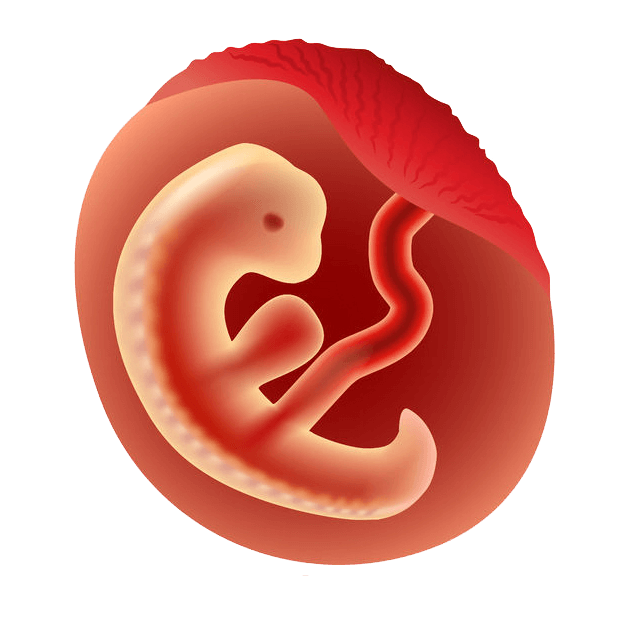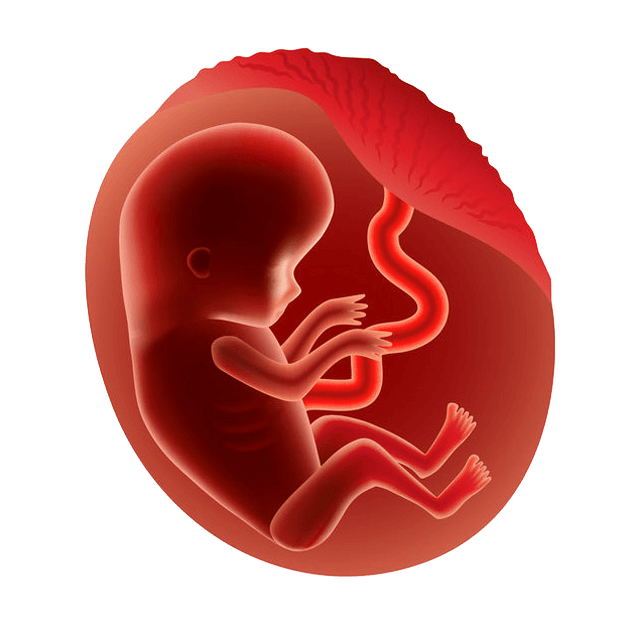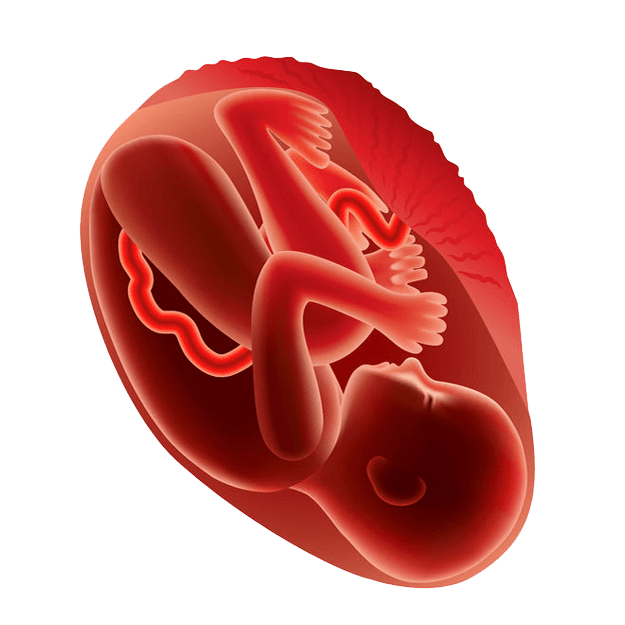Stages of Fetal Development
Child abuse needs to stop and education is the key.
The following free resources are essential to driving change and
are made possible through your contributions, thank you.

FIRST TRIMESTER
(WEEK 1-WEEK 12)

AT FOUR WEEKS
- Your baby’s brain and spinal cord have begun to form.
- The heart begins to form.
- Arm and leg buds appear.
- Your baby is now an embryo and one-twenty-fifth of an inch long.

AT Eight WEEKS
- All major organs and external body structures have begun to form.
- Your baby’s heart beats with a regular rhythm.
- The arms and legs grow longer, and fingers and toes have begun to form.
- The sex organs begin to form.
- The eyes have moved forward on the face and eyelids have formed.
- The umbilical cord is clearly visible.
- At the end of eight weeks, your baby is a fetus and looks more like a human. Your baby is nearly 1 inch long and weighs less than one-eighth ounce.

AT Twelve WEEKS
- The nerves and muscles begin to work together. Your baby can make a fist.
- The external sex organs show if your baby is a boy or girl. A woman who has an ultrasound in the second trimester or later might be able to find out the baby’s sex.
- Eyelids close to protect the developing eyes. They will not open again until the 28th week.
- Head growth has slowed, and your baby is much longer. Now, at about 3 inches long, your baby weighs almost an ounce.
Second TRIMESTER
(WEEK 13-WEEK 28)

AT Sixteen WEEKS
- Muscle tissue and bone continue to form, creating a more complete skeleton.
- Skin begins to form. You can nearly see through it.
- Meconium (mih-KOH-nee-uhm) develops in your baby’s intestinal tract. This will be your baby’s first bowel movement.
- Your baby makes sucking motions with the mouth (sucking reflex).
- Your baby reaches a length of about 4 to 5 inches and weighs almost 3 ounces.

AT twenty WEEKS
- Your baby is more active. You might feel slight fluttering.
- Your baby is covered by fine, downy hair called lanugo (luh-NOO-goh) and a waxy coating called vernix. This protects the forming skin underneath.
- Eyebrows, eyelashes, fingernails, and toenails have formed. Your baby can even scratch itself.
- Your baby can hear and swallow.
- Now halfway through your pregnancy, your baby is about 6 inches long and weighs about 9 ounces.

AT Twenty Four WEEKS
- Bone marrow begins to make blood cells.
- Taste buds form on your baby’s tongue.
- Footprints and fingerprints have formed.
- Real hair begins to grow on your baby’s head.
- The lungs are formed, but do not work.
- The hand and startle reflex develop.
- Your baby sleeps and wakes regularly.
- If your baby is a boy, his testicles begin to move from the abdomen into the scrotum. If your baby is a girl, her uterus and ovaries are in place, and a lifetime supply of eggs have formed in the ovaries.
- Your baby stores fat and has gained quite a bit of weight. Now at about 12 inches long, your baby weighs about 1½ pounds.
THIRD TRIMESTER
(WEEK 29-WEEK 40)

AT Thirty Two WEEKS
- Your baby’s bones are fully formed, but still soft.
- Your baby’s kicks and jabs are forceful.
- The eyes can open and close and sense changes in light.
- Lungs are not fully formed, but practice “breathing” movements occur.
- Your baby’s body begins to store vital minerals, such as iron and calcium.
- Lanugo begins to fall off.
- Your baby is gaining weight quickly, about one-half pound a week. Now, your baby is about 15 to 17 inches long and weighs about 4 to 4½ pounds.

AT thirty six WEEKS
- The protective waxy coating called vernix gets thicker.
- Body fat increases. Your baby is getting bigger and bigger and has less space to move around. Movements are less forceful, but you will feel stretches and wiggles.
- Your baby is about 16 to 19 inches long and weighs about 6 to 6½ pounds.

AT forty WEEKS
- By the end of 37 weeks, your baby is considered full term. Your baby’s organs are ready to function on their own.
- As you near your due date, your baby may turn into a head-down position for birth. Most babies “present” head down.
- At birth, your baby may weigh somewhere between 6 pounds 2 ounces and 9 pounds 2 ounces and measure 19 to 21 inches long. Most full-term babies fall within these ranges, but healthy babies come in many different sizes.
References & Sources
Information Courtesy of WWW.WOMENSHEALTH.GOV
The abuse may be brief, but the trauma lasts a lifetime.
Kids’ lives and futures are on the line!
Be the voice against neglect and contribute to end child maltreatment today.
Positive Parenting Support,
At the click of a button.
Previous Section
Parenting Resource Center
Stages of Fetal Development
Next Section
